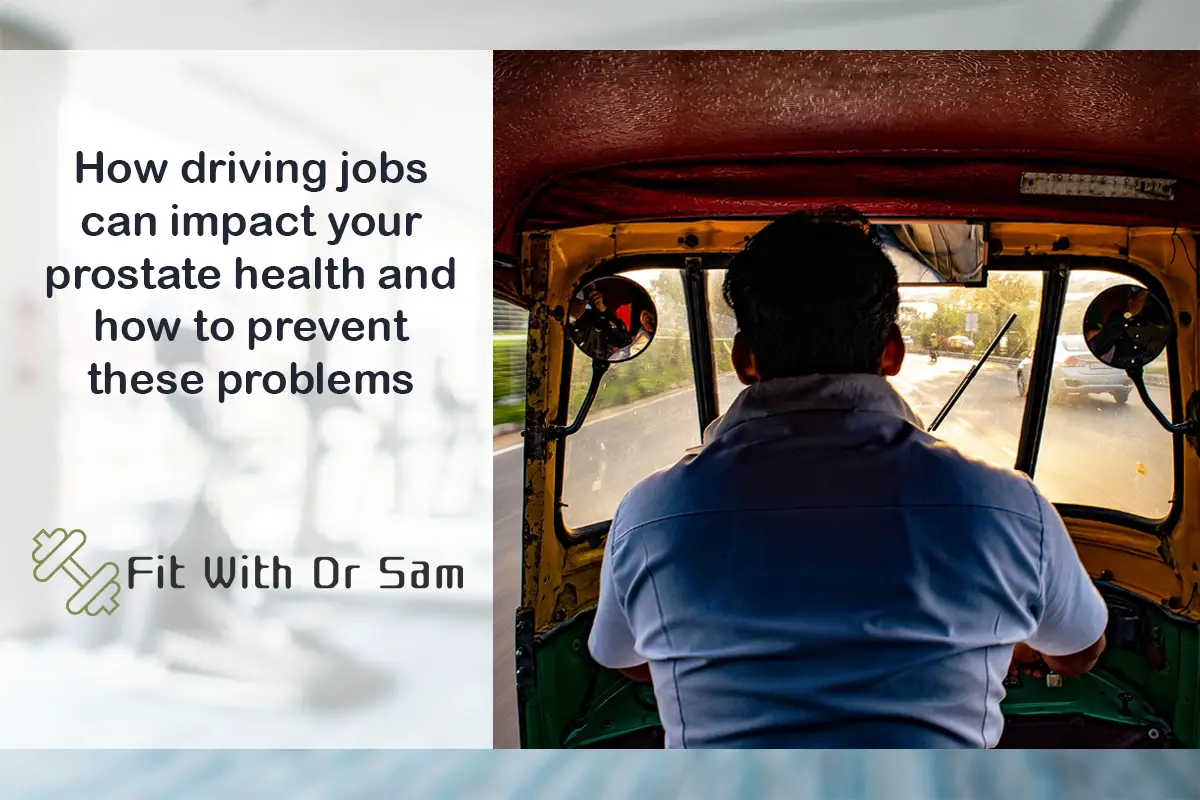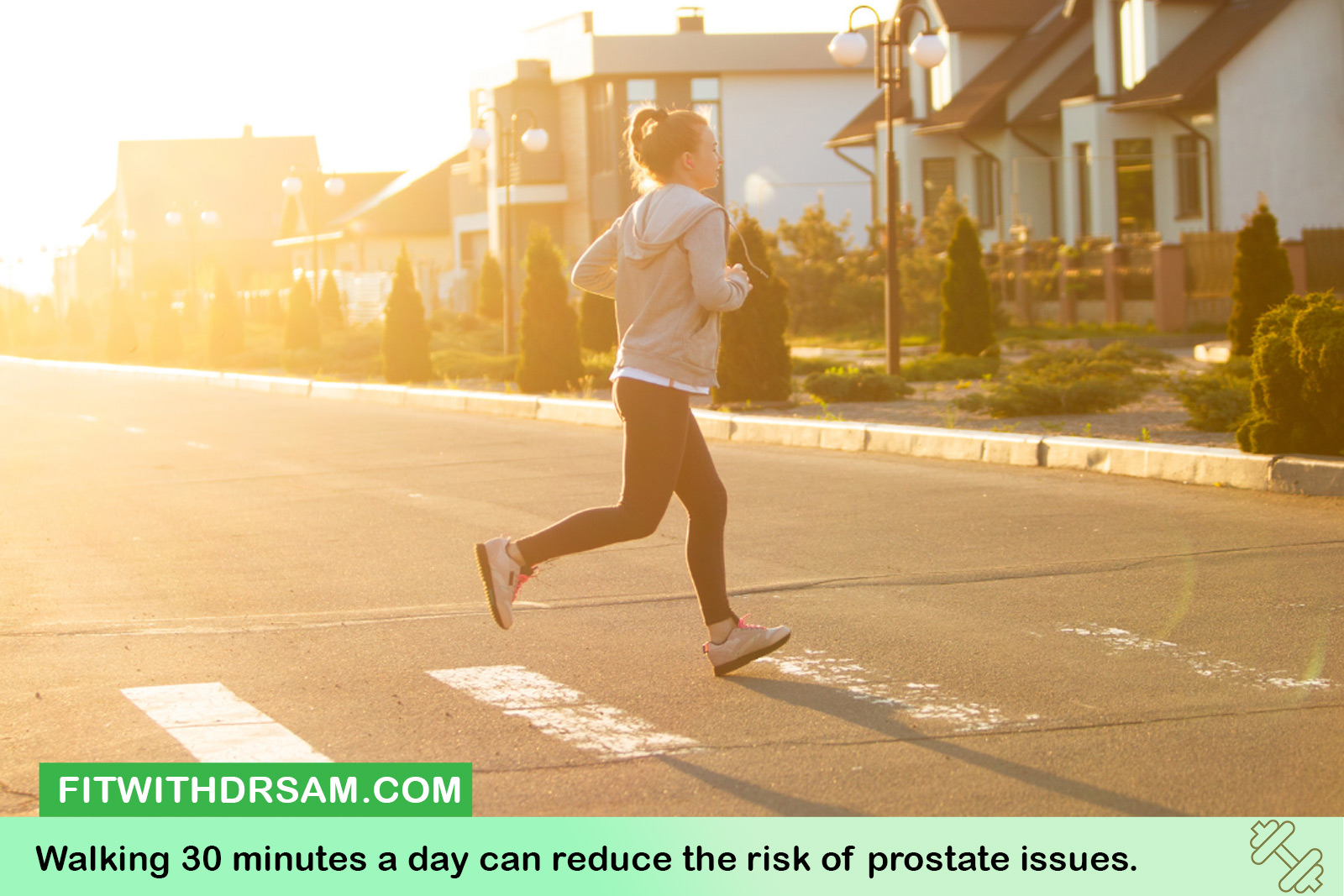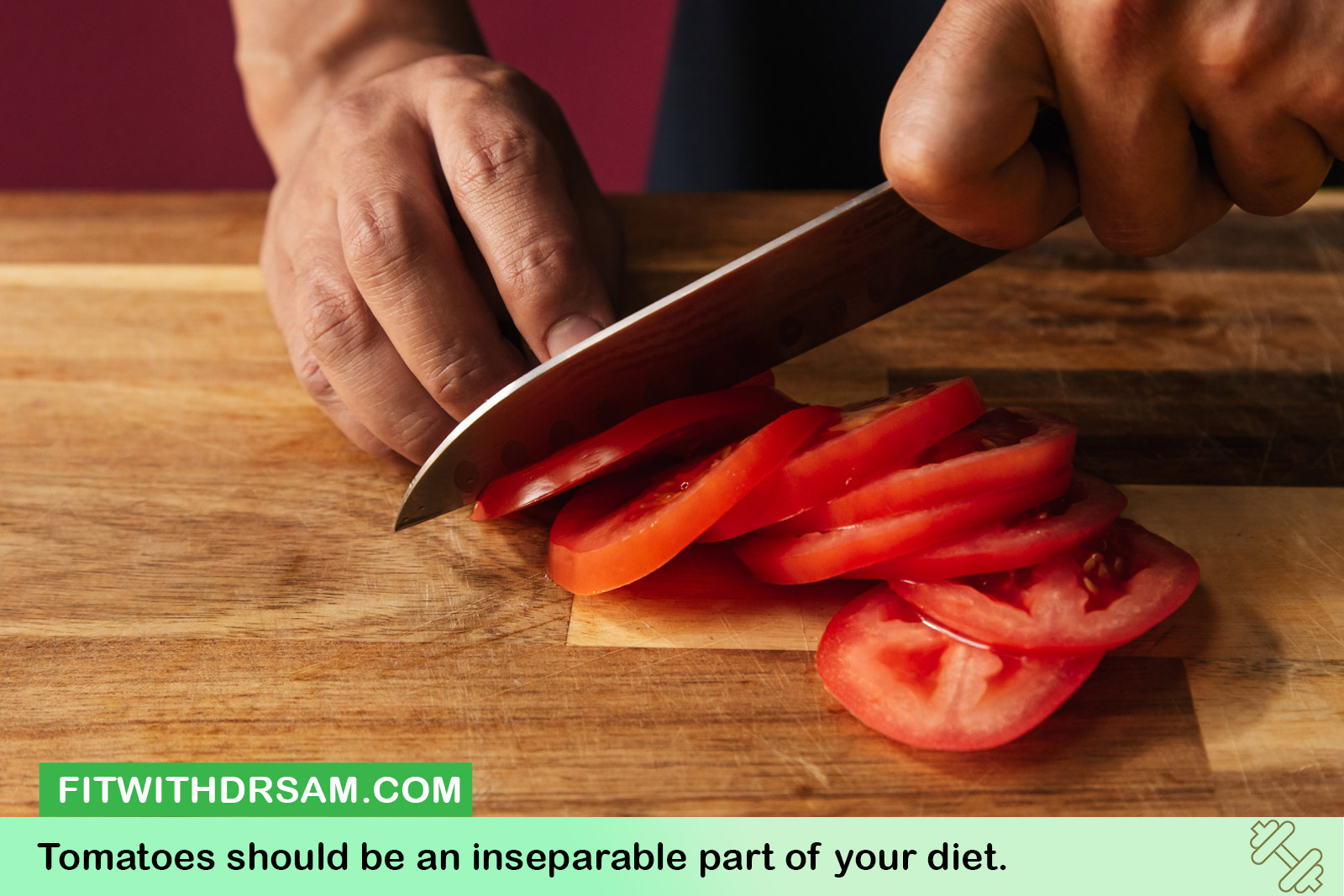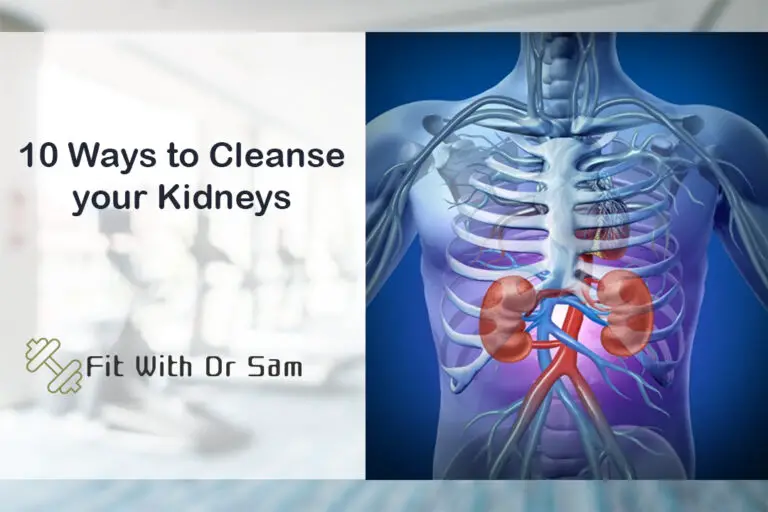How driving jobs can impact your prostate health and how to prevent

As a driver, prostate health is probably a topic that might not be on your mind even for a brief moment when you hop into your car to start a long day of work. But as someone whose career depends on spending hours behind the wheel, you need to understand that maintaining a healthy prostate is something you have to work on. Let’s explain a little better.
You see, long hours of sitting in a higher temperature with minimal physical activity can put drivers at higher risk for prostate problems. In this passage, we are going to explore the relationship between driving jobs and prostate health, ways to prevent these issues, helpful exercises, and dietary changes that can make a real difference. So, if you want to live a healthier life as a driver while providing for you and your family, don’t miss out on this passage.
Table of Contents
Sample Prostate-Friendly Routine for Drivers
Here’s a helpful daily workout routine to maintain prostate health:
- Morning:
- 5-10 minutes of stretching
- 15-minute walk or jog
- Kegel exercises
- During Work:
- Take a 5–10-minute walking breaks every two hours
- Stay hydrated with water
- Evening:
- 15 minutes of squats, lunges, and light stretching
- Finish with Kegels
How does prolonged sitting affect the prostate?
Prostate problems are specifically common in men over the age of 50, but even younger men with sedentary jobs might be at risk. Prolonged sitting, like the kind truck drivers or taxi drivers experience everyday, can put pressure on the prostate and pelvic area leading to some serious problems in prostate health such as inflammation, irritation, or swelling in the prostate gland.
According to the American Prostate Centers, men who spend more time sitting, have a higher risk of developing benign prostatic hyperplasia (BPH), a non-cancerous enlargement of the prostate that can lead to urinary difficulties [1].
Common prostate problems among drivers
Here’s a list of the most frequent prostate-related issues experienced by drivers:
- Benign Prostatic Hyperplasia (BPH): This is the most common prostate issue for men over 50, but prolonged sitting may increase the risk even earlier in life. BPH causes the prostate to enlarge, leading to difficulty urinating, frequent trips to the bathroom, and discomfort.
- Prostatitis: This is an inflammation of the prostate, often caused by bacterial infection. However, it can become chronic by extended periods of sitting and lack of movement. You might experience pelvic pain, painful urination, and discomfort during ejaculation.
- Prostate Cancer: Sitting doesn’t directly cause prostate cancer but poor lifestyle choices and inactivity can contribute to the risk.
Can prostate problems be prevented?
But there is no need to panic because there are always ways to reduce the risk of prostate issues for those in driving jobs. Adapting some simple habits can help improve prostate health:
- Take breaks
One of the simplest methods to help prevent prostate problems is to take breaks. Even a 5 to 10 minutes walk every hour or two can improve circulation and relieve pressure in the pelvic region.
- Stay hydrated
Another key factor for urinary tract health is proper hydration. Don’t forget to drink enough water because it can help with flushing out the toxins and bacteria that could lead to infections. Also, you need to understand that drinking caffeine or sugary drinks doesn’t count as water! These can actually irritate the bladder.
- Watch your weight
Obesity is known as a risk factor for prostate problems. According to research from Harvard Health, men with higher body weights are more likely to develop BPH or prostate cancer [2].
Prostate-Friendly Exercises for Drivers
Exercising daily can have a huge impact on prostate health. It can help you lose weight, stay fit and even directly impact your prostate health.
- Kegel Exercises
Kegels can strengthen the pelvic floor muscles, improve bladder control and support the prostate. To perform a Kegel, squeeze the muscles you use to stop the flow of urine, hold for five seconds, and then release. Repeat 10 times, three times a day.
This exercise can be done anywhere; even in your driver’s seat!
- Walking or Light Jogging
Walking 30 minutes a day can reduce the risk of prostate issues. According to a study published in the International Neurourology Journal men with lower sedentary time had a significantly lower risk of BPH and prostatitis. You can take short walks during breaks or schedule a light jog at the start or end of your day to make a big difference [3].

- Squats and Lunges
Strengthening the muscles around the hips and thighs can improve circulation to the pelvic region, which is important for prostate health. Try doing three sets of 10-15 squats and lunges daily.

Introducing a prostate-healthy diet
Diet plays a key role in preventing prostate issues, here’s a prostate-friendly diet to consider:
- Tomatoes: High in lycopene, an antioxidant linked to prostate health, tomatoes should be an inseparable part of your diet.

- Fatty Fish: Omega-3 fatty acids, found in fish, like salmon, have anti-inflammatory properties that may help prevent prostatitis and reduce the risk of BPH.
- Berries: Packed with antioxidants, berries can help fight oxidative stress, which is linked to prostate problems. Blueberries, strawberries, and raspberries are excellent options.
- Nuts and Seeds: Pumpkin seeds are particularly good for prostate health, as they’re rich in zinc.
- Green Tea: Studies have shown that green tea contains compounds that may help reduce the risk of prostate cancer and other prostate problems. Drinking a cup or two can be an amazing habit for a driver [4].
Conclusion
If you’re in a driving job, prostate health might not be at the forefront of your mind, but taking steps to prevent problems is crucial. Regular breaks, exercise, and a balanced diet rich in prostate-friendly foods can make all the difference. By following our simple little tips you can maintain your prostate healthy.
FAQ
-
How often should I perform Kegel exercises?
Kegel exercises should be performed three times a day, with 10 repetitions per session, to strengthen the pelvic floor muscles.
-
Can my diet alone prevent prostate problems?
Diet plays an important role in preventing prostate problems. However a combination of healthy eating, regular exercise, and movement throughout the day is more effective.
References
[1] https://americanprostatecenters.com/blog/who-is-at-risk-for-bph/
[2] https://www.health.harvard.edu/mens-health/body-fat-may-predict-aggressive-prostate-cancer/
[3] https://www.ncbi.nlm.nih.gov/pmc/articles/PMC4180167/
[4] https://www.ncbi.nlm.nih.gov/pmc/articles/PMC6337309/





